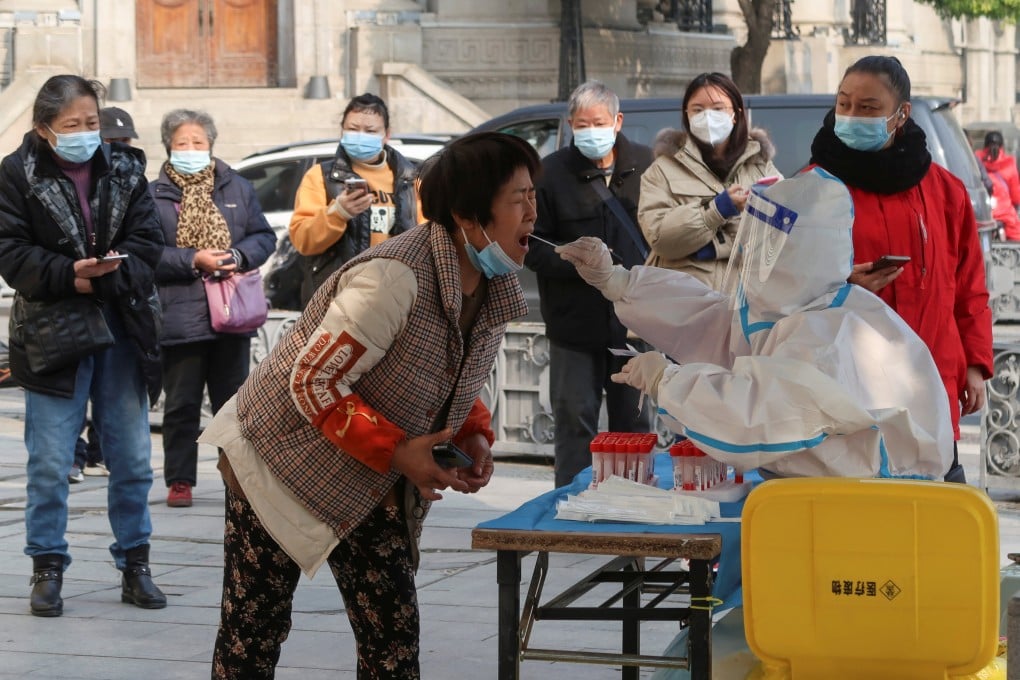Advertisement
Macroscope | China’s zero-Covid exit and reopening will be neither smooth nor swift
- As Beijing begins easing pandemic restrictions, the rising Covid-19 caseload and pressure on hospitals could force local authorities to back-pedal
- Even with a fully reopened economy by next year, recovery will take time
Reading Time:3 minutes
Why you can trust SCMP
7

A 20-point plan to recalibrate China’s pandemic response – followed by additional 10 measures announced last week – marks the beginning of the end of the zero- Covid policy.
In fact, steps towards reopening have quickened after social protests across the country suggested diminishing public support for the rigid controls that have been in place for three years. Beijing is likely to have used this shift in public opinion to accelerate the policy exit, paving the way for an eventual reopening of the economy and society in 2023.
While the direction of travel is clear, the path to reopening is unlikely to be smooth and linear. A sudden change in pandemic response – from government-mandated lockdowns to self-motivated medical protection – will create its own risks as the virus sweeps through communities.
Indeed, with Covid-19 cases surging to record highs, pressure on the public health system could mount in some regions. China’s limited ICU capacity, in particular, could struggle to cope with rising severe cases among the elderly, where vaccine coverage has yet to reach appropriate levels.
Some local authorities could be forced – by a rise in hospitalisations or even deaths – to reverse easing measures to slow the virus transmission, or face a chaotic exit from the zero-Covid policy. Neither would be pleasant for the economy, nor society at large.
To manage these risks, Beijing needs to carefully sequence the transition out of its existing policies. I think this should proceed in three phases. Phase one should focus on getting the public medically and mentally ready for a change.
Advertisement
Select Voice
Choose your listening speed
Get through articles 2x faster
1.25x
250 WPM
Slow
Average
Fast
1.25x
